Composing Science - Shameless Plug for my Book
- Irene Salter, PhD

- Jul 11, 2020
- 1 min read
In science - as in all fields - writing is not just a way to communicate what was learned, it is an essential tool for developing and vetting new ideas. Back when I taught future teachers at Chico State, I had the privilege of partnering with two ground-breaking educators, Leslie Atkins and Kim Jaxon, to rethink the way writing appears in the science classroom. Thus, Composing Science: A facilitator's guide to writing in the science classroom, was born.
In their daily work, scientists scribble on chalkboards; draw diagrams; annotate graphs and photos; jot ideas in notebooks; send emails; scrawl notes in the margins of journal articles; write grant proposals; review proposals and papers; draft conference proceedings; put together presentations; and, ultimately, tidy up all of this prior work into a publishable journal article. It all takes place as part of the gradual, iterative process of developing scientific ideas within a scientific community. Well, instead of the traditional lab report, let's encourage students to write like scientists do.
Our Composing Science website is full of resources for educators. If you're interested in learning more or teaching science in this revolutionary way, reach out today.





Comments